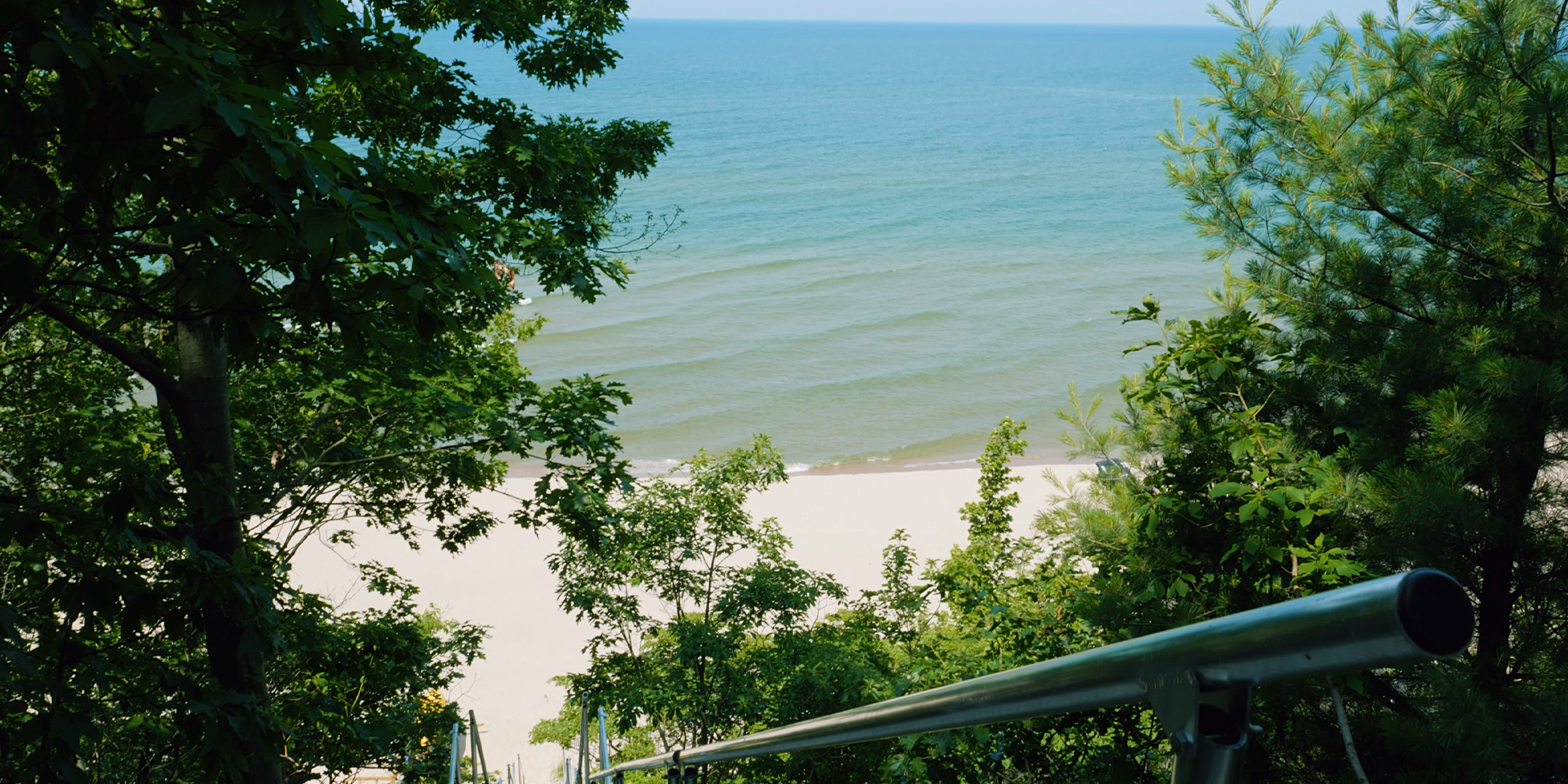
Michigan’s harsh winters can take a toll on , especially due to the freeze-thaw cycles that occur throughout the season. These cycles cause repeated expansion and contraction of materials, leading to cracks, shifting, and overall deterioration. Without proper maintenance, seawalls can weaken over time, making them less effective at preventing shoreline erosion. If you own waterfront property, it’s important to understand how these cycles affect your seawall and what you can do to protect it. Our seawall builders in Michigan specialize in durable erosion control solutions to keep your property safe year-round.
The freeze-thaw cycle occurs when temperatures fluctuate above and below freezing, causing water to expand and contract. When water seeps into small cracks or porous materials in a seawall and then freezes, it expands, forcing the material apart.
As the ice melts, it leaves behind a weakened structure that becomes more susceptible to further damage. This repeated process can cause significant deterioration over time.
Seawalls are designed to act as barriers against waves and erosion, but they are constantly exposed to moisture. In Michigan, where freezing temperatures and fluctuating conditions are common, are at higher risk of damage.
Taking preventive measures can significantly extend the lifespan of your seawall and minimize erosion-related issues.
Seawalls are essential for preventing shoreline erosion, but Michigan’s harsh winters make regular maintenance a necessity. By understanding the impact of freeze-thaw cycles and taking preventive measures, you can extend the life of your seawall and protect your waterfront property. If you need professional inspections, repairs, or a new seawall installation, our seawall builders in Michigan are here to help. Call Waterfront Solutions at (616) 900-8358 or fill out our online contact form to get started.